The Delhi government has floated tenders and is looking to procure “mist-spraying drones” for pollution hotspots across the city this winter, officials aware of the matter said. These drones will also be able to record air quality data and capture images of the surface below.

The drones, in addition to spraying mist to control dust pollution, will also have sensors that will enable it to record air pollution data, including PM 2.5 and PM 10, said government officials aware of the project. The official cited above said that the environment department of Delhi government is looking to procure three such drones.
ALSO READ- Pannun case: Indian inquiry panel to visit US today to probe ‘foiled assassination plot’
“The idea behind this is to track pollution at Delhi’s pollution hotspots in a comprehensive manner. The drones will primarily be used to identify local sources of air pollution from a height but will also be able to record air quality data. We have further looked at the possibility of spraying mist from these drones, in order to bring down dust in particular,” the official said, adding that more drones will be added if the pilot project of three drones is successful.
ALSO READ- Talks fail to end Bengal healthcare impasse; Pan India hunger strike announced
Using drones to monitor air pollution is part of the government’s 21-point Winter Action Plan, announced on September 25.
Environment minister Gopal Rai, while announcing the plan, had said that using these drones will allow the government to take swift action against violators. “This is the first time we are using drones. Earlier, sources at these hotspots were identified manually. This will allow real-time identification and action against sources of pollution there,” Rai had said.
In 2018, the Delhi Pollution Control Committee (DPCC) and the Central Pollution Control Board (CPCB) had identified 13 pollution hotspots in Delhi, based on their annual PM2.5 concentration. This includes Anand Vihar, Mundka, Wazirpur, Jahangirpuri, RK Puram, Rohini, Punjabi Bagh, Okhla, Bawana, Vivek Vihar, Narela, Ashok Vihar and Dwarka.
ALSO READ- Baba Siddique murder: ‘Salman Khan should apologise to Bishnoi community,’ says BJP MP
A senior environment department official said if successful, the idea is to eventually have at least one drone for each of the 13 hotspots.
“For larger hotspots, we may also have two drones,” the official added.
Experts said that even if using drones is an innovative idea, such pilots should have been done much earlier.
“We have had these hotspots for the last several years now. We already know the sources of pollution at each hotspot. The need of the hour is not to map sources but to act against the sources. An action taken report should be released by the government, detailing what has been done at each hotspot to control local pollution,” said Anumita Roychowdhury, executive director, research and advocacy at the Centre for Science and Environment (CSE).
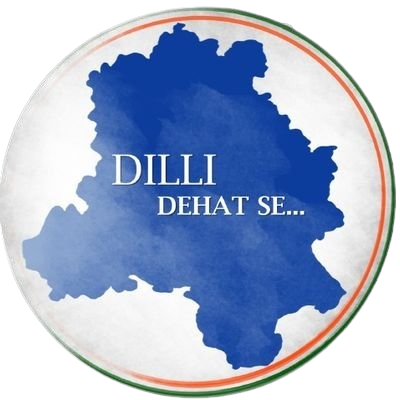
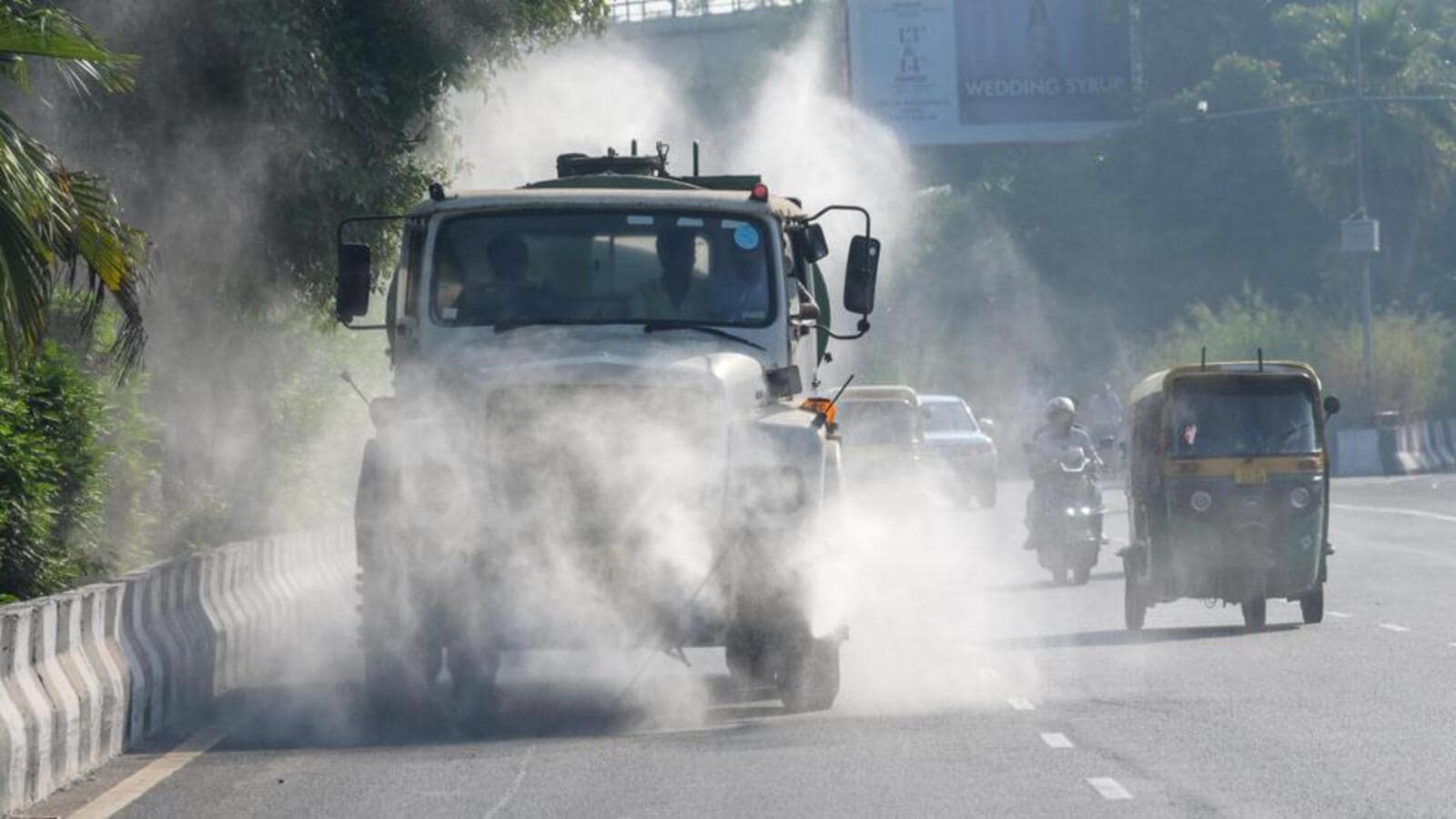
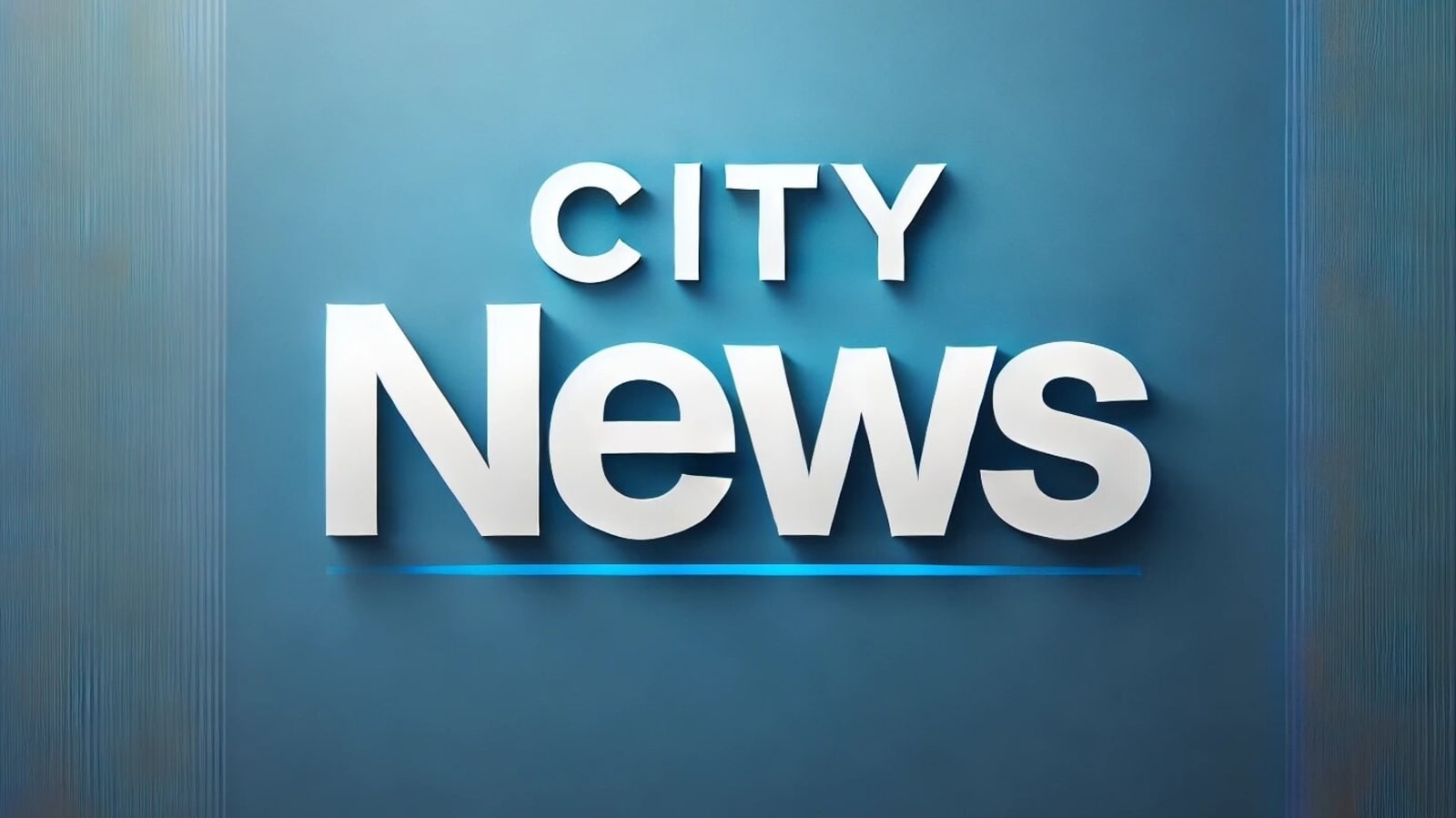
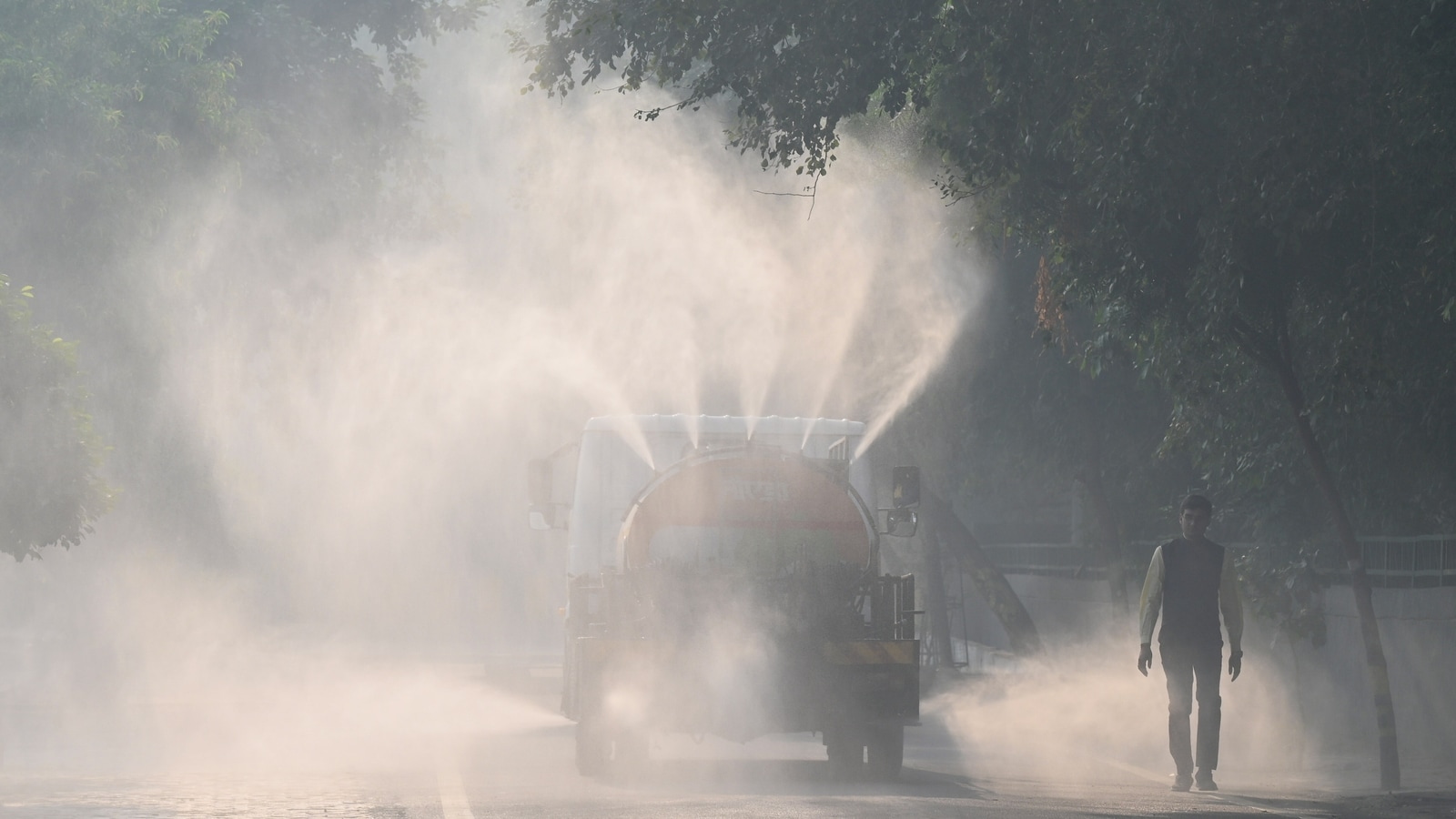
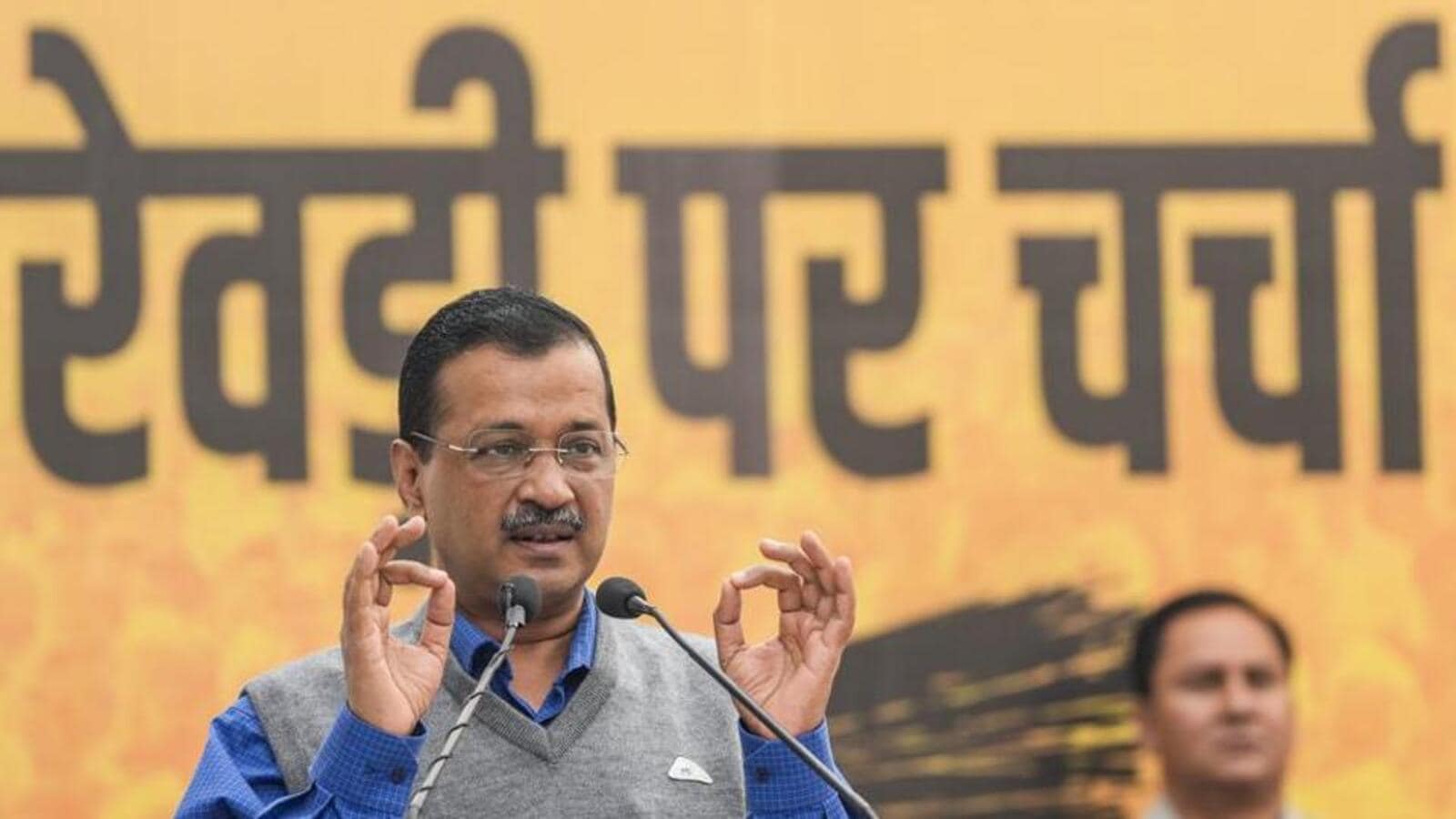
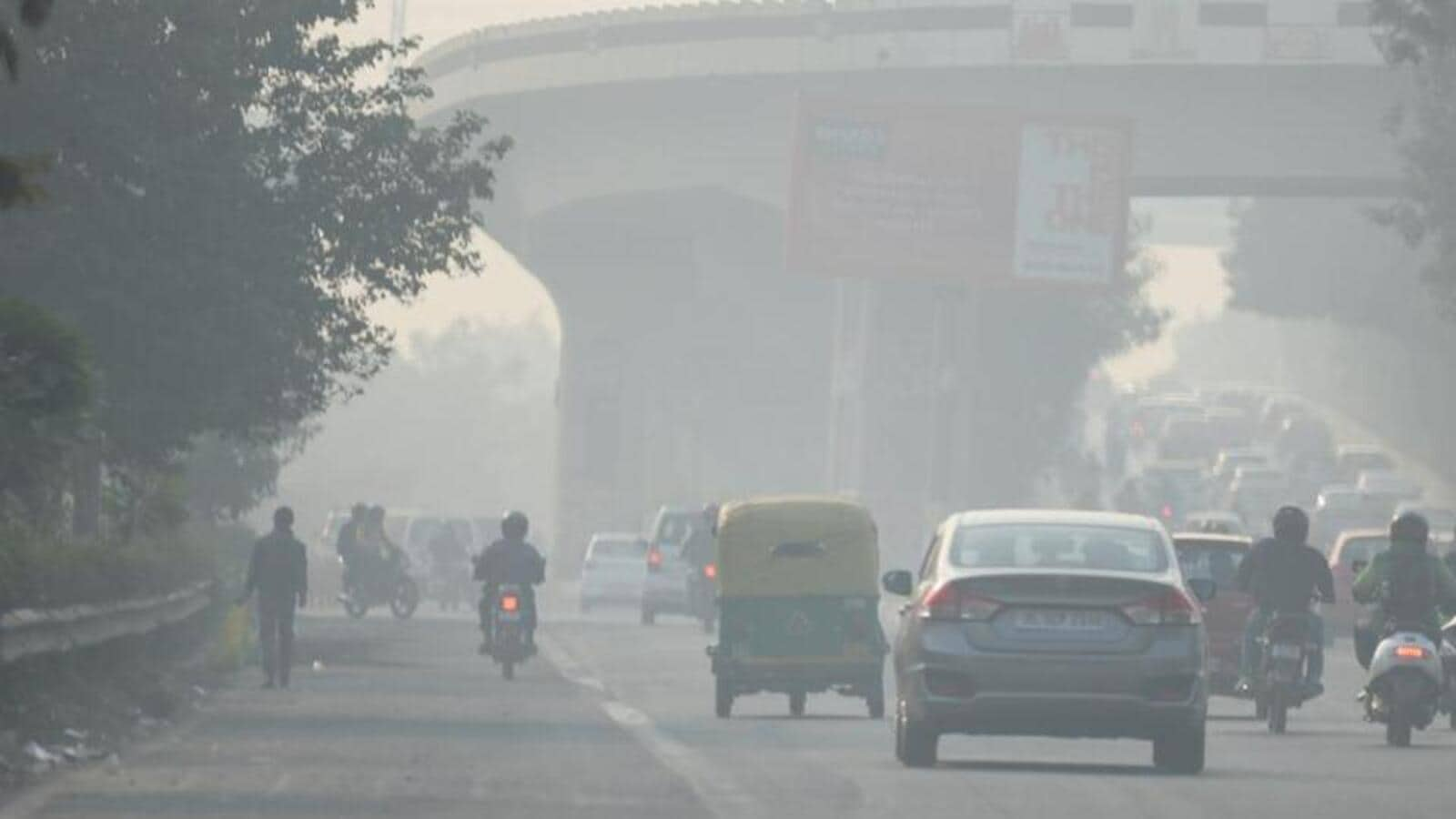
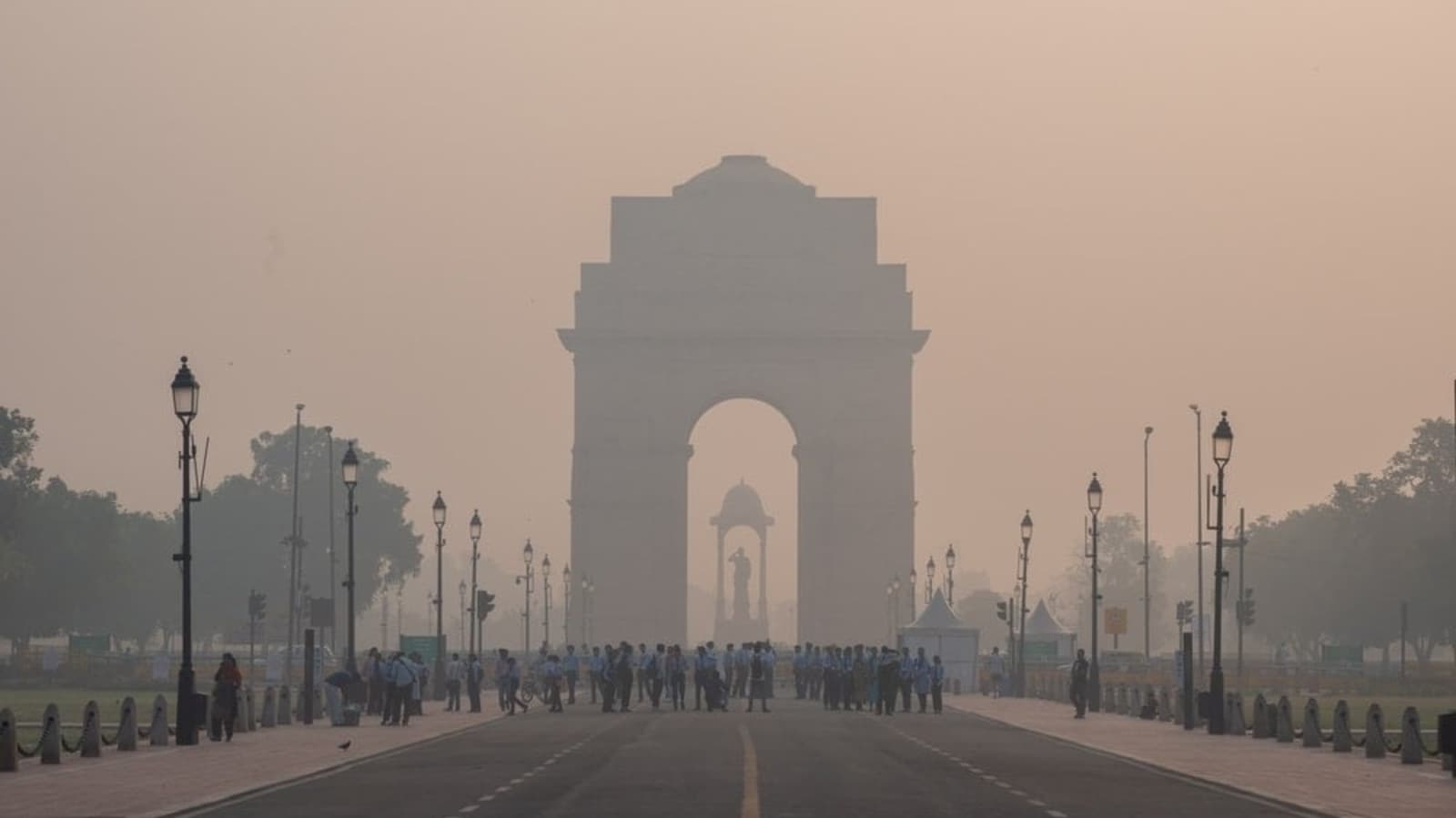

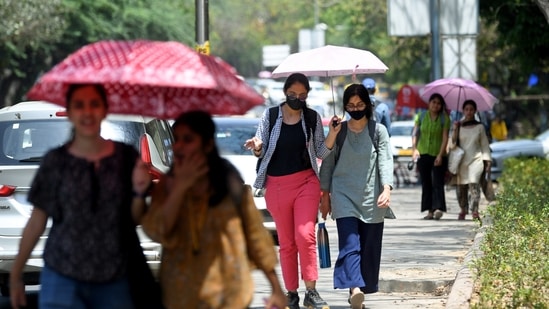


Leave a Reply